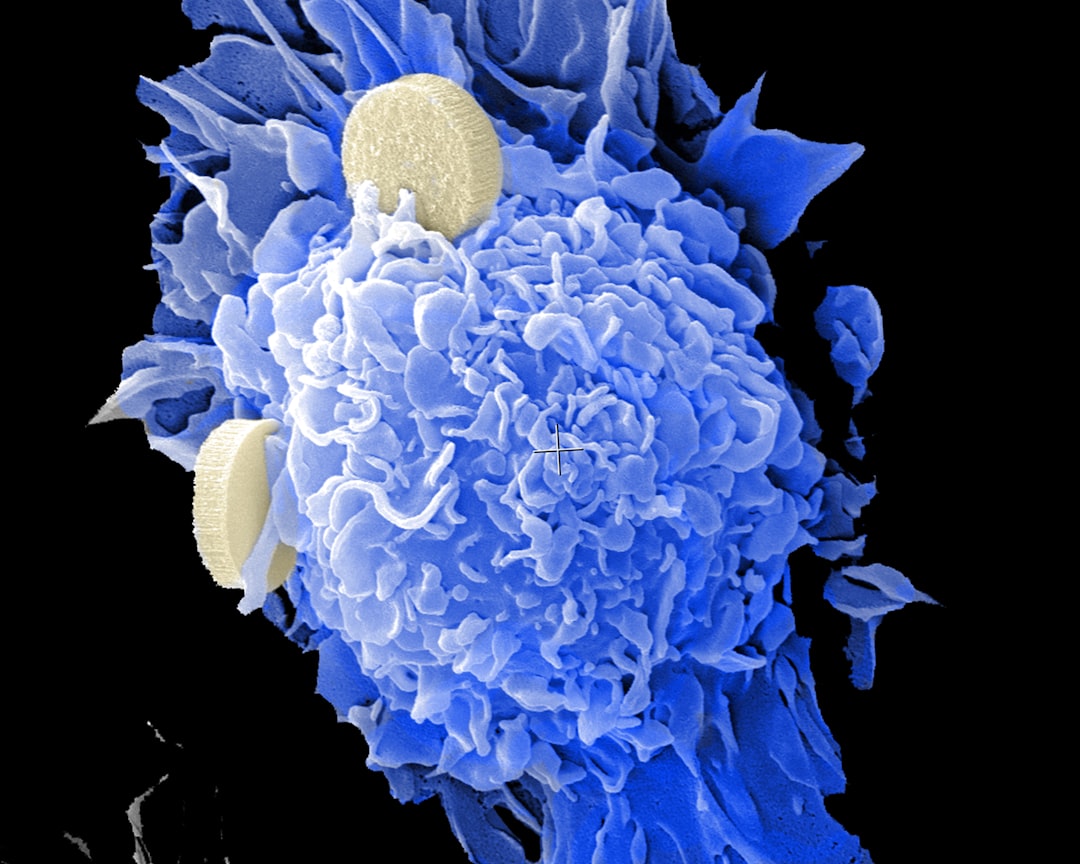What is it about?
Calixarenes are recognized as a remarkable macrocycle host due to their unique structure and outstanding properties. The fundamental chemical structure of calixarene makes it ideal for molecular recognition, including cations, transition metal ions, heavy metals ions, and neutral molecules. Optimal molecular interaction with variety of guest molecules can be achieved by modifying the upper and lower rims of calixarene. Calixarene has attracted interest as a cancer treatment due to its sensitivity to a variety of stimuli, stability, avoidance of non-specific cell uptake, and ability to reach the intended target for treatment effect. It also poses biocompatibility and innocuousness. This review focuses on the synthesis and drug delivery properties of calixarene
Featured Image

Photo by Terry Vlisidis on Unsplash
Why is it important?
The review is focuses on three major types of calixarene that are extensively studied, which are calix[4]arene, calix[6]arene, and calix[8]arene. The three primary calixarenes have been proven to successfully trap the drugs. Even though they came from the same macrocyclic family however each of them posses and exhibit different properties in terms of the cytotoxicity, stability, and sustained release profile. Thus this review helps in determining the ideal host among three major calixarene for a specific guest and the most lease toxic or non-toxic host.
Perspectives
Writing this short review motivated me to investigate further and learn more about the exceptional properties of calixarene, particularly for use in biomedicine. Even though the development of calixarene-based nanosensor for dug delivery application is still at the fundamental stage, but I believe the use of this nanosensor in humans will be beneficial medicinally, notably in the treatment of cancer as it only damages the affected cells.
Mrs NUR FARAH NADIA ABD KARIM
Universiti Pendidikan Sultan Idris
Read the Original
This page is a summary of: Calixarene Derivatives: A Mini-Review on their Synthesis and Demands in
Nanosensors and Biomedical Fields, Mini-Reviews in Medicinal Chemistry, April 2023, Bentham Science Publishers,
DOI: 10.2174/1389557522666220928120727.
You can read the full text:
Contributors
The following have contributed to this page










